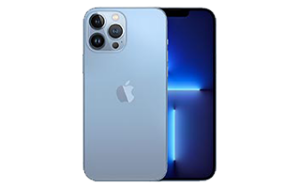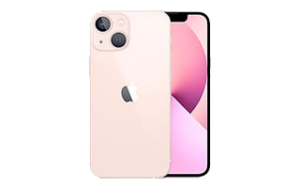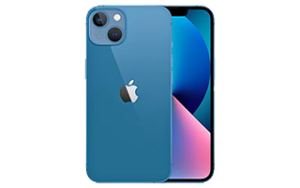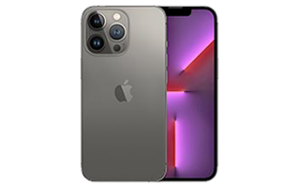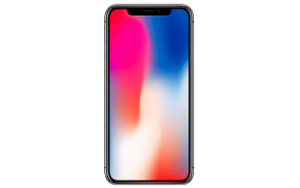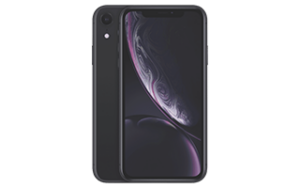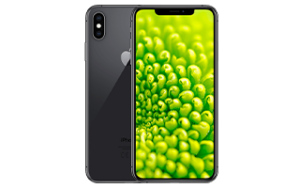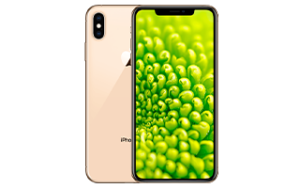Does the latest iPhone have the X factor?
Apple iPhone 13 vs iPhone XR, XS and X: Time to upgrade?
The year is 2017. Childish Gambino’s Redbone is blaring through your car stereo as the bumper-to-bumper traffic starts to get the better of you. Eventually, you arrive at the cinema, late for your 5pm screening of Star Wars: The Last Jedi. As you awkwardly squeeze past a rowdy group of teens, someone sneezes and you don’t give it a second thought. The opening crawl begins and you remember to turn your phone on silent; an OLED edge-to-edge display illuminates the crowd and out of habit you reach for a home button that no longer exists. Someone leans over and whispers “is that the new iPhone X?”
Nearly four years later, your iPhone X, iPhone XR or iPhone XS might have served you well but as it starts to slow down and the battery struggles to keep up, you might be starting to think about upgrading. The recently announced iPhone 13 is a tough sell to anyone who already invested in the iPhone 12 and even the iPhone 11, but it will be a tempting upgrade for iPhone X and XR users. It’s, at the very least, a meatier sequel than The Rise of Skywalker.
- Best iPhone 13 plans: For the standard iPhone
- Best iPhone 13 mini plans: Downsize to 5.4 inches
- Best iPhone 13 Pro plans: For the premium experience
- Best iPhone 13 Pro Max plans: For the largest and longest-lasting iPhone
- Best price on iPhone 13 in Australia Whether you buy outright or on a plan
- iPhone 13 vs iPhone 13 Pro Three cameras or two?
- iPhone 13 vs iPhone 12 How does last year’s model compare?
Give it to me straight, is the iPhone 13 upgrade worth it?
Let’s cut to the chase. Upgrading to the iPhone 13 from the iPhone X, XS or XR nets you a bigger, bolder display, 5G connectivity, more storage (up to 1TB) and a much faster A15 Bionic processor. But it also brings with it a suite of camera upgrades (like an ultrawide lens, 4K@60fps video, a LiDAR Depth Sensor and features like Cinematic mode) and supports the latest Apple accessories, like MagSafe wireless charging and Apple AirTags (thanks Ultra Wideband support).
The four-year wait won’t feel like a monumental upgrade at first but if you’re an Apple diehard who wants to take advantage of the latest accessories and features, you’ll have a lot of fun discovering the long list of upgrades, big and small.
The iPhone X, iPhone XS and iPhone XR are still phenomenal handsets, and while the iPhone 13 isn’t a necessary upgrade, the long list of benefits is hard to say no to.
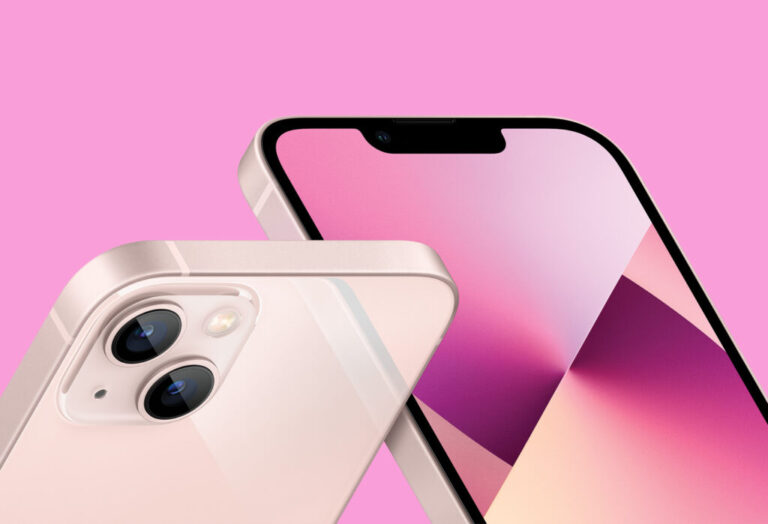
iPhone 13 Price: How much more does it cost?
As the latest flagship Apple smartphone, you can expect to pay a mint for the iPhone 13 series. No surprises there. At its cheapest, the iPhone 13 will cost you $1,199 for the 128GB iPhone 13 mini model. The standard iPhone 13 starts at $1,349 for the 128GB model. If you’re going Pro, the iPhone 13 Pro starts at $1,699 for the 128GB model and the premium iPhone 13 Pro Max starts at $1,849 for the 128GB model. At its most expensive, the iPhone 13 Pro Max 1TB model will set you back a whopping $2,719.
There’s not much point in comparing launch prices with handsets that were released over four years ago but for comparison, the iPhone X launched at $1,579 for the 64GB model and $1,829 for the 128GB model back in 2017. So pretty close, comparatively. One year later, the iPhone XR launched at $1,229 for the 64GB model, the iPhone XS 64GB started at $1,629 and the iPhone XS Max pushed the boundaries with a $1,799 starting price.
5G connectivity
5G connectivity was first introduced in the iPhone 12 series last year. Back then, there wasn’t a strong case for upgrading to a 5G iPhone. This year, the Australian 5G network has grown significantly and many Australians are now seeing the benefit of the next-gen network provided they’ve got the hardware to access it.
Even in this early stage of the 5G rollout, the network-monitoring organisation Opensignal has found that users on 5G experience speeds roughly five times faster than users on 4G. Telstra, Optus and Vodafone have all made significant headway rolling out their 5G networks but Telstra 5G is (unsurprisingly) the most ubiquitous at the time of the iPhone 13 launch.
iPhone 12 models sold in Australia were limited to using the sub-6 5G frequency when they launched back in 2020. That wasn’t much of an issue at the time as the faster mmWave frequency didn’t exist in Australia at the time. But since then, Telstra has invested a sizable sum of money into its mmWave expansion, which will result in higher capacity and faster maximum theoretical speeds.
Unfortunately, Apple has repeated last year’s mistake of limiting the type of 5G support its local iPhone 13 models offer. Here in Australia, the iPhone 13 only supports sub-6 5G while mmWave continues to be exclusively offered in the US.
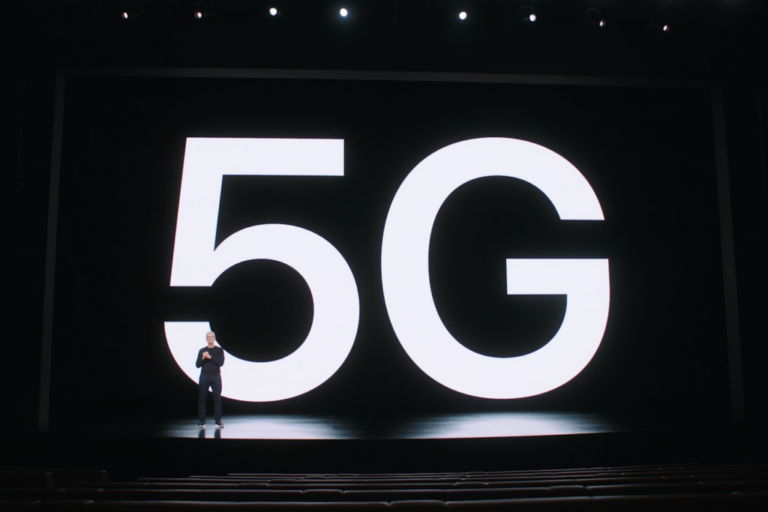
More storage and RAM
The iPhone X’s 256GB maximum storage capacity seemed more than enough at the time but a year later, the XS and XR upped the maximum storage to 512GB.
Now in 2021, as 4K video recording and high-resolution photography consumes more and more internal storage, the maximum capacity has been increased again, this time to a whopping 1TB of internal storage in the iPhone 13 Pro and iPhone 13 Pro Max models. Notably, the iPhone 13 series has also nixed the low-end 64GB iPhone option to meet the same demands. 128GB is now the lowest storage option.
Camera: More cameras with options for pro photographers
Besides the larger form factor and the smaller notch, the other most instantly recognisable difference between the iPhone X/XS/XR and iPhone 13 is in the camera module on the rear of the phone. Ever since the iPhone 11 series, Apple has released a premium variant of the iPhone known as the Pro series. The iPhone 13 Pro and iPhone 13 Pro Max feature smaller upgrades across the board but the biggest of those is the camera technology.
Compared to the single-lens shooter of the iPhone X series, the iPhone 13 camera array might look a little crowded. That’s because it houses a primary wide-angle 12MP (f/1.6) lens, a 12MP (f/2.4) ultra wide lens in the iPhone 13, the dual-tone LED flash and an additional 12MP (f/1.5) telephoto lens and LiDAR depth sensor in the iPhone 13 Pro and Pro Max.
The biggest camera upgrades came from the iPhone 11 generation. Since then, Apple has been incrementally building on that foundation, focusing less on improving the hardware and more on the computational image post-processing and editing options for professional photographers. For example, ProRAW is a feature that gives photographers more creative control over the raw photo file taken with their iPhone (exclusive to iPhone 12 Pro, 12 Pro Max, 13 Pro and 13 Pro Max). ProRAW files are created with Apple’s computational smarts as a foundation. And those smarts are even smarter now. Thanks to the A15 Bionic chip and the iPhone 13’s larger sensors, features like Smart HDR, Deep Fusion and Night Mode all claim to work better than ever. Amateur photographers will notice these improvements with or without ProRAW but it’s a nice option to have for professionals who need a little more control over things like white balance, highlights and shadows.
Similar to ProRAW, ProRES is a new video option coming to the iPhone 13 Pro range that offers the same sort of creative freedom to budding filmmakers and cinematographers. Even if you do need a little help, the Cinematic mode of the iPhone 13 range is one of the most exciting features of the new device. Using the power of A15 Bionic, Cinematic mode allows iPhone 13 users to lock auto-focus tracking and access advanced video editing options, like refocusing subjects after capture.
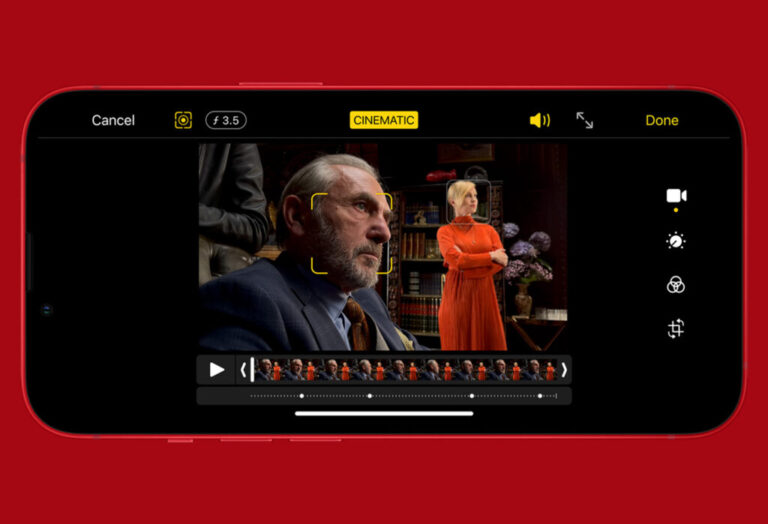
Screen: Refreshing display
To this day, the Super Retina OLED display of the iPhone X and iPhone XS and the Liquid Retina IPS LCD of the iPhone XR still look phenomenal. They were significant upgrades when those models were first released and continue to be Apple’s display type of choice, albeit with a few extra flourishes.
The most obvious difference is how much bigger the iPhone 13 series is in general. At the premium Pro Max end, the iPhone 13 Pro Max display measures 6.7 inches diagonally, which is slightly bigger than the 6.5-inch iPhone XS Max display and significantly larger than the iPhone XR’s 6.1-inch display. At the entry-level, you’ll find that the standard iPhone 13 is more comparable to the iPhone XR with its 6.1-inch Super Retina XDR display.
But the iPhone 12 series also introduced a smaller display option for those who don’t like large phones, the mini series, which has carried over to the latest generation with the iPhone 13 mini. The iPhone mini sports a smaller 5.4-inch display without losing any of the quality of the larger displays featured in the Pro and Pro Max models. As the cheapest model in the iPhone 13 series, there are some sacrifices to be made (it takes a small hit to processing power and doesn’t fit in the telephoto lens, for example).
As was heavily rumoured before release, Apple has finally unlocked faster 120Hz refresh rates with the iPhone 13 Pro and iPhone 13 Pro Max in what Apple calls ProMotion (which is essentially 120Hz adaptive refresh rate). Faster refresh rates are hard to demonstrate with images and text but essentially it allows for much smoother navigation and scrolling animations, as well as allowing for more frames-per-second when playing graphically intense games on mobile. This is most noticeable in fast-paced first-person shooter games like Call of Duty: Mobile and racing games such as the Asphalt and Real Racing series.
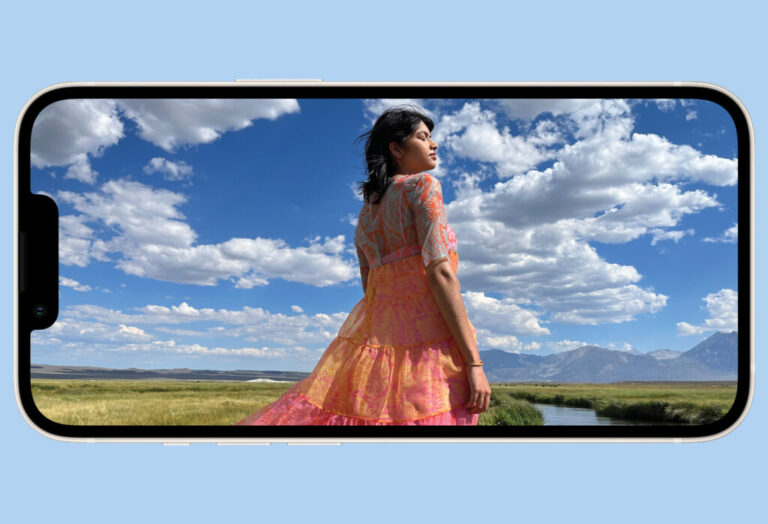
Body: Design changes
Since the iPhone X and iPhone XR generations, the iPhone has seen quite a significant makeover. Rather than the rounded edges introduced in the iPhone 6 series, the iPhone 11, iPhone 12 and iPhone 13 harken back to the flat edges of the iPhone 4 and iPhone 5 generations.
The iPhone 13 is also available in more colours than the iPhone X and XS. The iPhone 13 and iPhone 13 mini are available in (PRODUCT) Red, Starlight, Midnight, Blue, Pink while the iPhone 13 Pro and iPhone 13 Pro Max are available in Graphite, Gold, Silver, Sierra Blue.
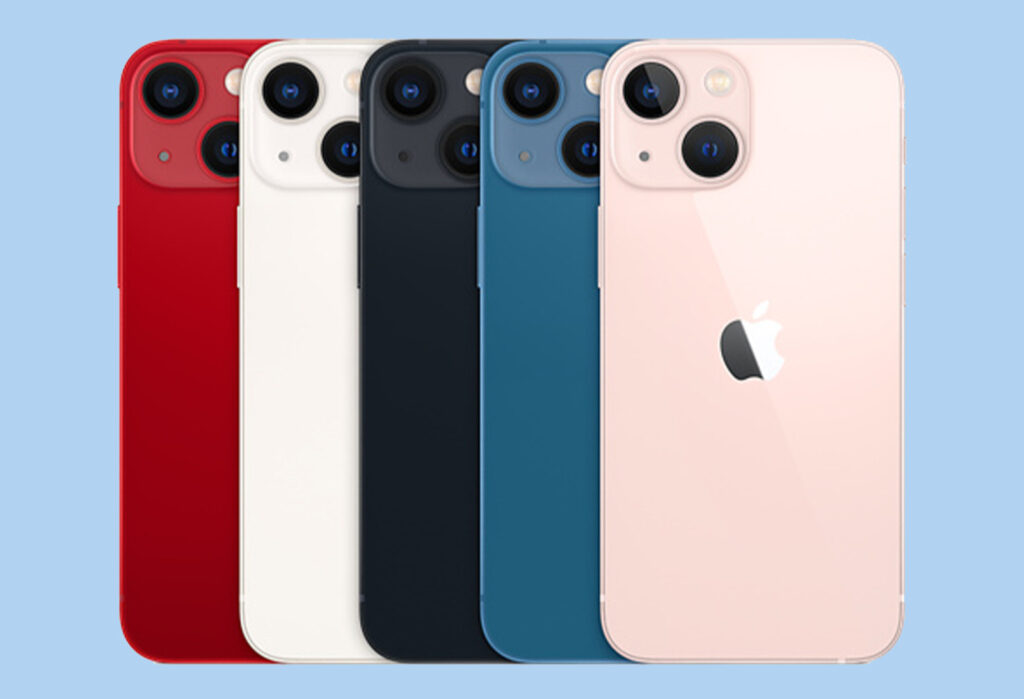
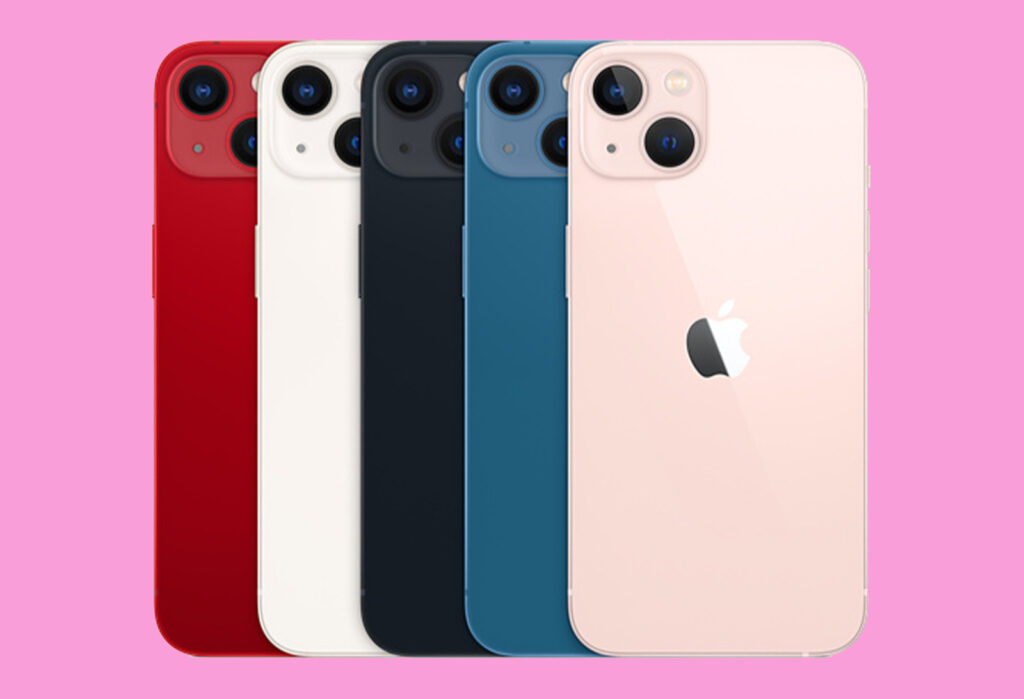
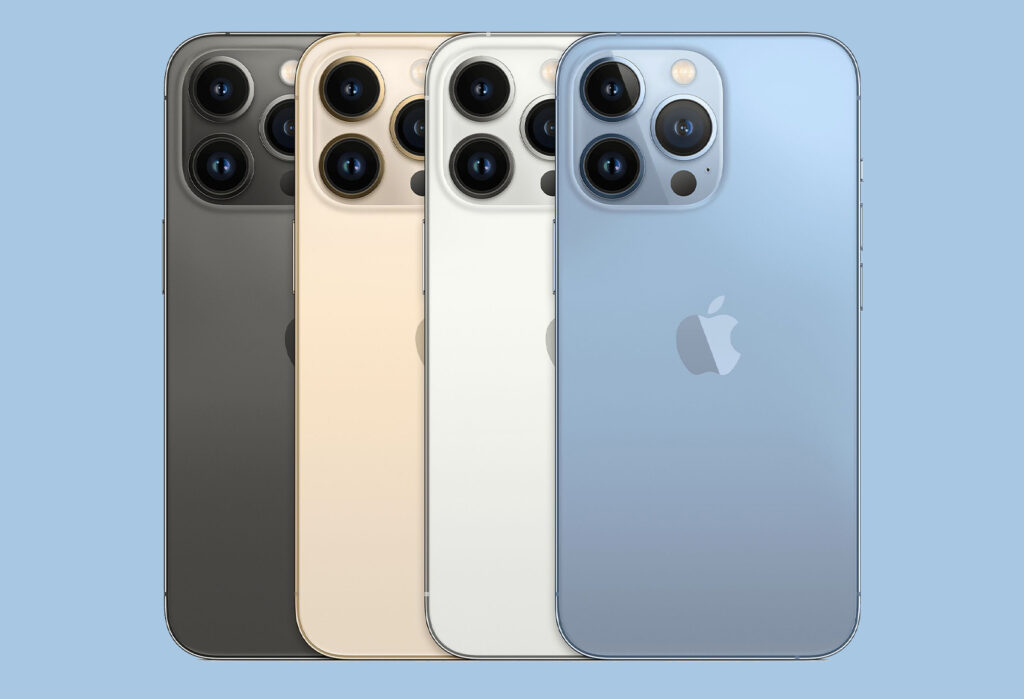
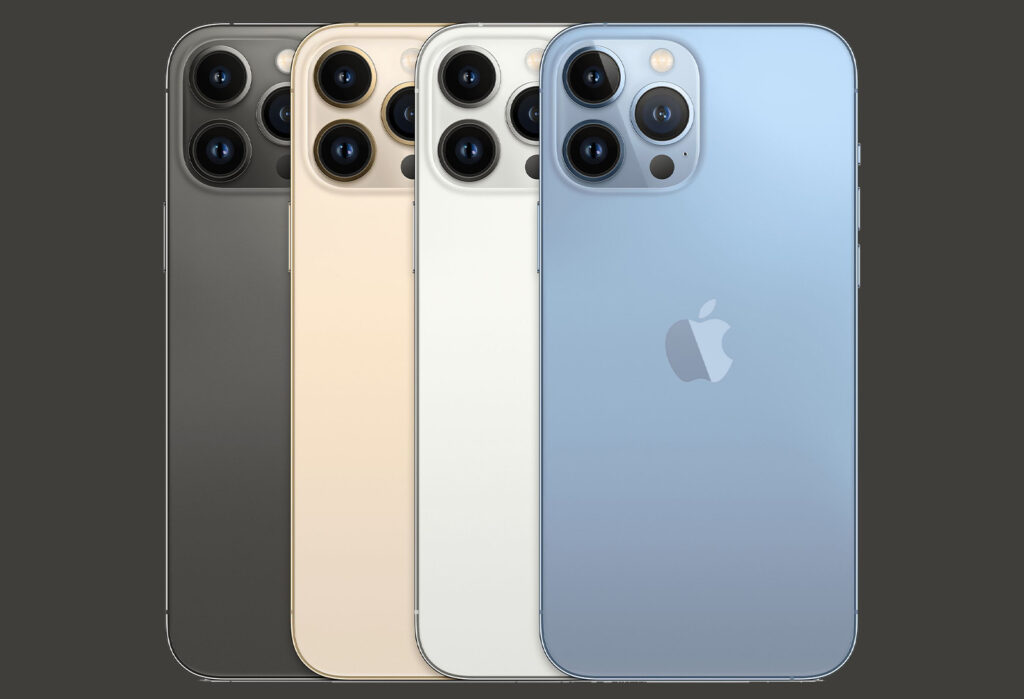
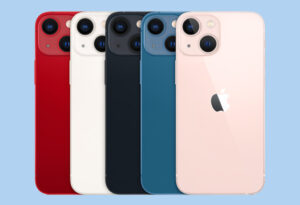
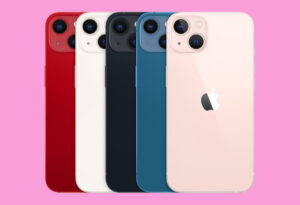
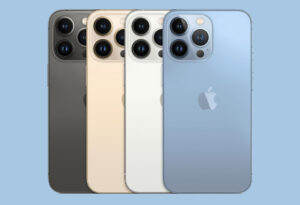
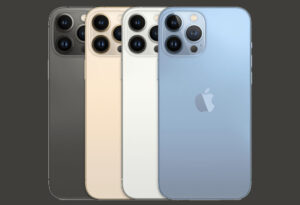
Plans: iPhone 13 vs iPhone X/XS vs iPhone XR
As Apple’s latest and greatest, you’re sure to find the entire iPhone 13 series available through Australia’s three major telcos: Telstra, Optus and Vodafone. Now that Telstra has rejoined the 36-month payment party, you can choose to pay off your new iPhone 13 over 12, 24 or 36 months through all three providers.
No matter which provider you choose, you won’t save any money on the handset itself. It’s simply the outright cost of the iPhone 13 spread out across 12, 24 or 36 months. Opting for the 12-month option will allow you to pay off the iPhone 13 quicker but your monthly bill will be higher, whereas choosing the 36-month option will make your monthly payments lower but you’ll be billed for a longer duration.
iPhone 13 plans
iPhone XR plans
Out of the entire X series of iPhones, the iPhone XR is the device that’s most readily available through Australian telcos. Despite being nearly three years old, the iPhone XR still sells at a pretty penny but you can get it for a lot cheaper than the iPhone 13 series. Plans through Vodafone start at $59.08 per month (over 36 months). That includes your plan and handset payment, 40GB of monthly data and unlimited standard calls and text.
iPhone X plans
The iPhone X has been discontinued through the major telcos but you can still get a refurbished iPhone X on a plan through the Telstra MVNO numobile.
iPhone XS plans
Just like the iPhone X, finding an iPhone XS on a plan in 2021 will prove difficult. Numobile does offer refurbished models of the iPhone XS on a plan but stock is even more limited than the iPhone X.
Related Articles




